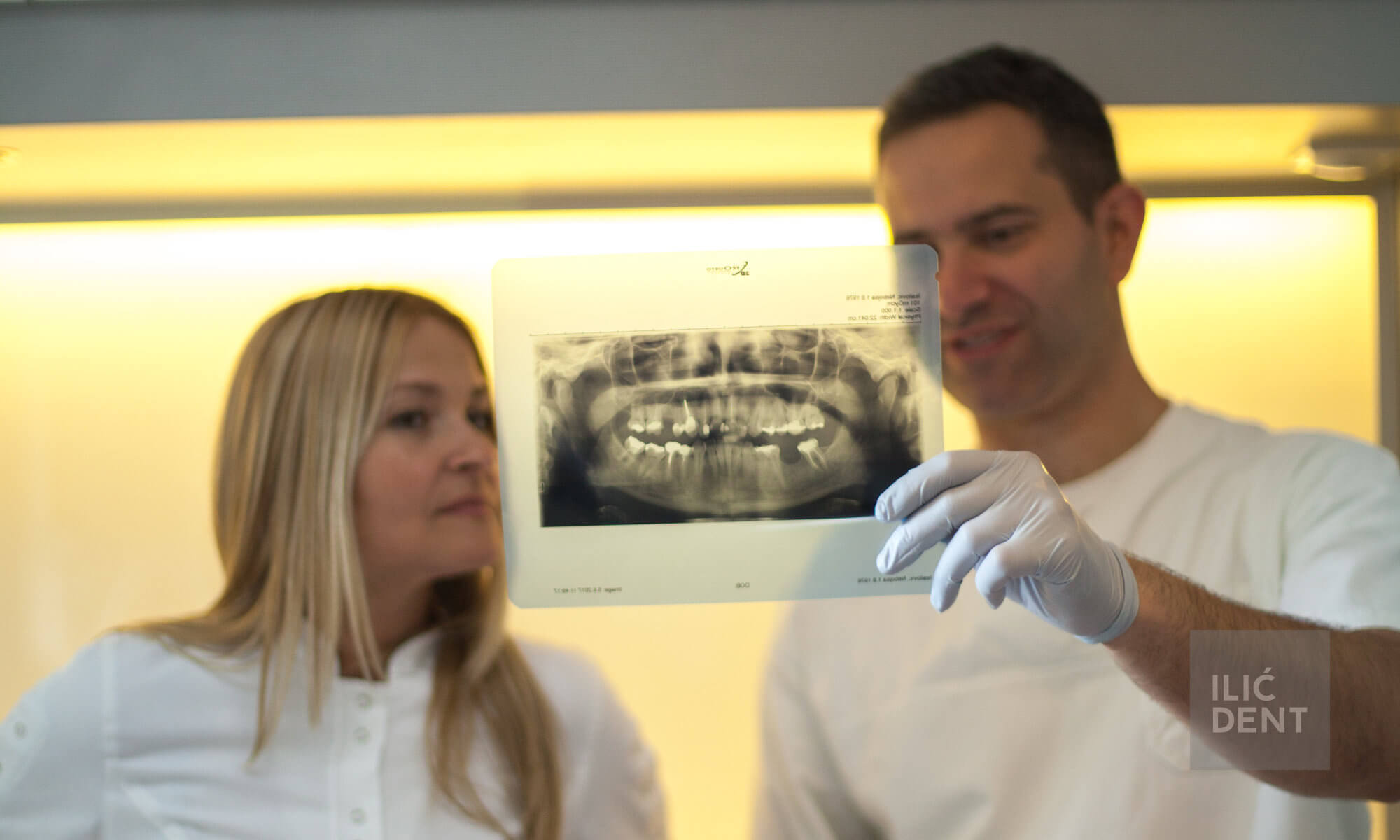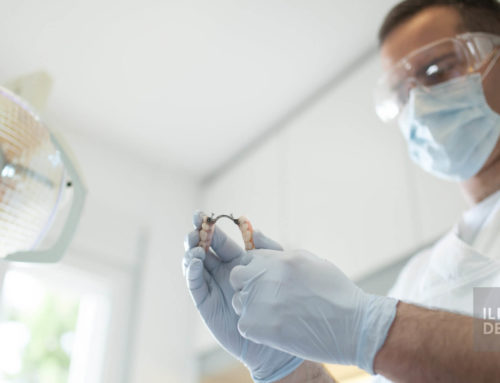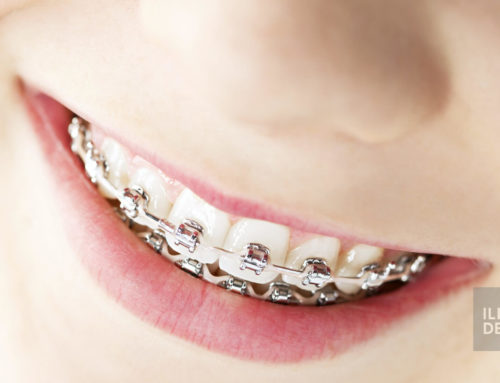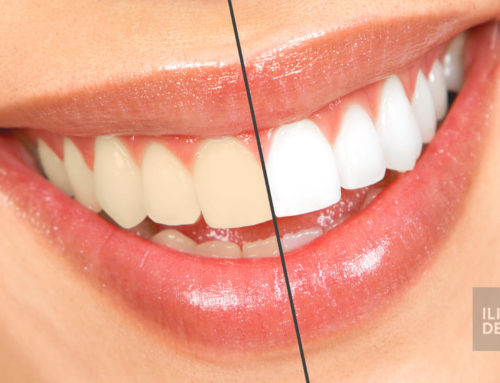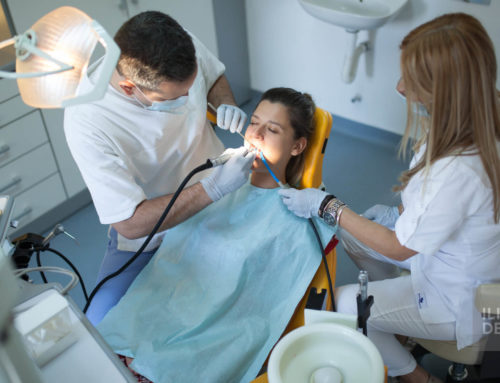Your dentist will do everything to save your tooth: he/she will try to fix it with a dental liner, filling or crown. Sometimes, though, the tooth is so damaged by cavities, parodontopathy, or is a cause of a serious infection, and needs to be extracted. Other reasons for tooth extraction include wisdom teeth if there isn’t enough room in the jaw; fixed braces, fitted for the purpose of straightening your teeth, since sometimes it’s necessary to make room for the teeth that are being moved into place; preparations for other planned treatments of unrelated diseases.
How is it done?
Your dentist will ask you several questions about the problems you’re experiencing with your tooth, but also about your current health condition, medications you’re using, etc. Be honest with your dentist – otherwise you can endanger your own health. After an oral examination, you will need to provide suitable x-ray scans which will show the state of the roots, their direction and position in relation with other anatomical structures, which are all very important information for the preparation of this procedure.
After administering an anesthetic, your dentist will begin extracting your tooth. You can expect to feel pressure or your teeth being pushed or split, but no sharp pain. If you feel sharp pain, tell your dentist so he/she can give you an additional dose of anesthesia.
There are two types of extractions:
- Simple extraction
- Surgical extraction
Simple tooth extraction
A simple extraction is performed on a tooth that can be seen in the mouth and whose crown is preserved. The dentist first loosens the tooth with a dental elevator and then uses a forceps to remove the tooth.
Surgical tooth extraction
A surgical extraction is a more complex procedure which is used if the tooth is seriously damaged and its remaining part is at or below the gum line, or if the tooth has not come into the mouth yet. The oral surgeon makes a small incision into your gum to surgically remove the broken tooth or the impacted wisdom tooth. Sometimes it is necessary to split the tooth into multiple pieces to facilitate its removal. In this case, you may need several stitches to ensure that the cut heals properly.
Following an extraction, your dentist will ask you to bite down on a piece sterile gauze, which you must keep in place for 15-20 minutes. Before the anesthetic wears off completely, you may take painkillers and, if necessary, your dentist will give you antibiotics. If the procedure is a complicated and long one, you may need to take additional injections to reduce swelling. The day after the extraction, you should apply ice packs to you cheek, eat cool and soft foods and avoid smoking and strenuous physical activity. Your stitches will be removed after 7 days, but you may visit your dentist earlier if necessary.

